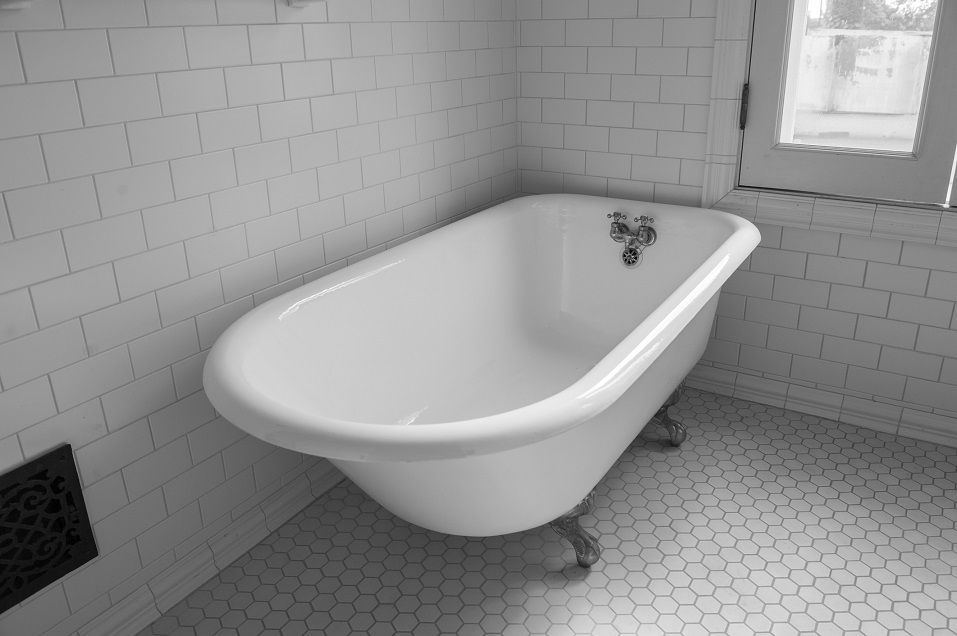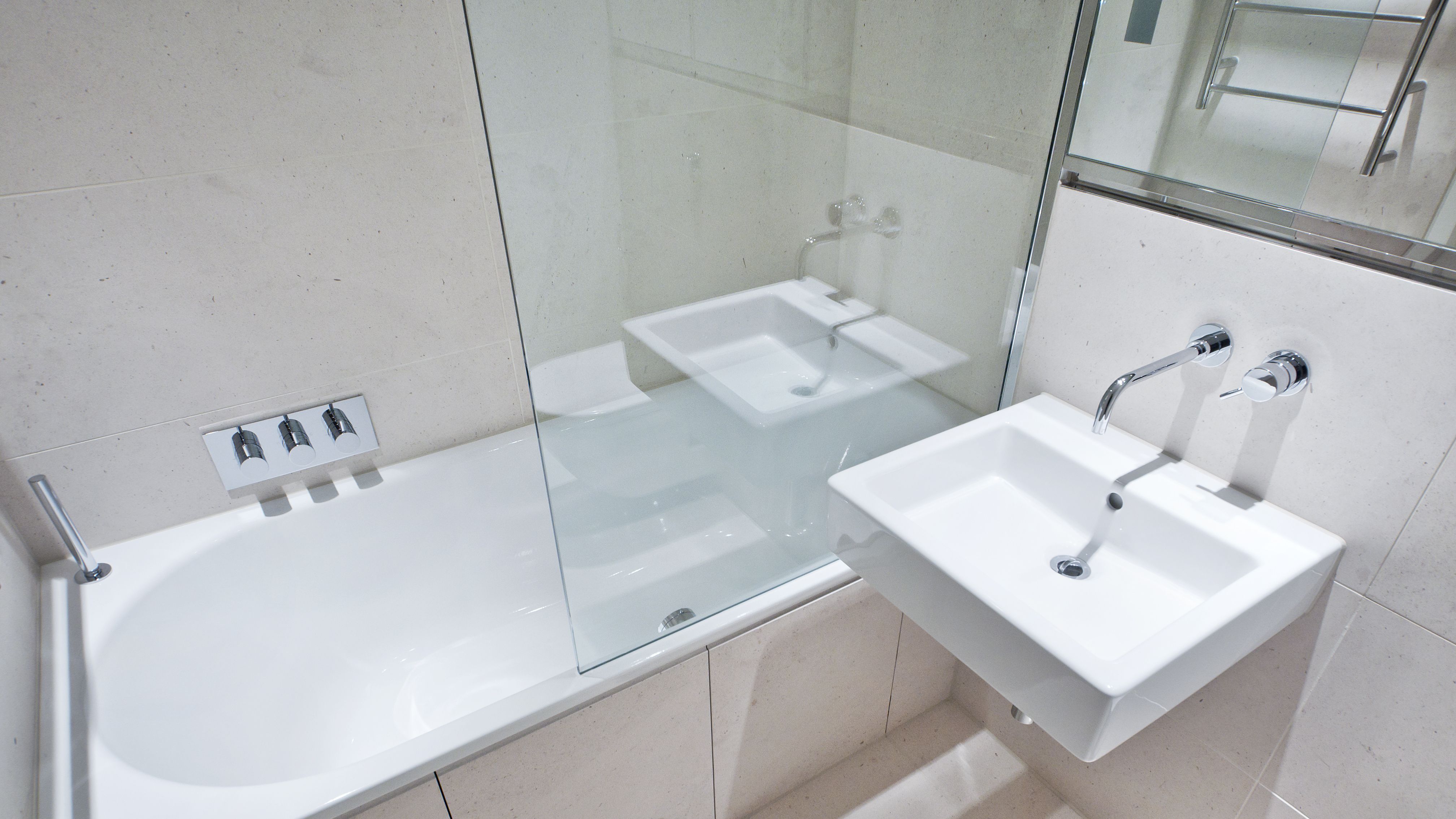Right here in the next paragraph you can locate additional superb news in regards to How to Install a Bathtub.

Installing a bathtub isn't precisely rocket science, yet it does call for strong plumbing, carpentry, as well as occasionally, tiling abilities. Changing an old tub with a new one is likewise a moderately challenging task. If the old bathtub is conveniently available, the job can move easily; if you need to open up a wall to remove the old tub and position the brand-new bathtub, the task is much harder. In either case, the project is within a house handyman's skills, although you will require a helper to vacate the old tub as well as set in the new one. Ensure you have qualified yourself for the job and also fit attempting it. As opposed to hiring a contractor to take control of a halfway-completed project, it is far better to consider utilizing one before you start. Chances are you may need a professional plumber to make tube connections.
This article will certainly aid you install a new bath tub in your restroom if you have actually already bought a brand-new bathtub and do not need to change the arrangement of your previous water supply pipelines.
Your devices and product checklist need to make up the following:
- New Bathtub
- Hammer
- Pipe Wrenches
- Prybar
- Safety Glasses
- Level
- Pliers
- Adjustable Wrench
- Putty Blade
- Screwdriver
- Cold Knife
- Measuring tape
- Pipeline Caps
Preparing for the Setup
To start with, the supporting framework provided with the bathroom needs to be fitted (if called for) according to the supplier's instructions. Next off, fit the taps or mixer to the bath tub. When fitting the faucet block, it is necessary to see to it that if the tap comes with a plastic washer, it is fitted in between the bathroom and also the faucets. On a plastic bath, it is likewise practical to fit a sustaining plate under the faucets system to prevent pressure on the bathtub.
Fit the versatile tap adapters to the bottom of the two taps utilizing 2 nuts and also olives (often provided with the tub). Fit the plug-hole electrical outlet by smearing mastic filler round the sink electrical outlet opening, and after that pass the outlet via the hole in the bathroom. Utilize the nut provided by the maker to fit the plug-hole. Examine the plug-hole outlet for an inlet on the side for the overflow pipe.
Next off, fit the end of the flexible overflow pipe to the overflow electrical outlet. Afterwards, screw the pipe to the overflow face which need to be fitted inside the bathroom. Make sure you make use of every one of the provided washing machines.
Link the trap to the bottom of the waste outlet on the tub by winding the string of the waste outlet with silicone mastic or PTFE tape, and also screw on the catch to the outlet. Link the bottom of the overflow tube in a similar manner.The bathroom ought to now be ready to be fitted in its last placement.
Removing Old Taps
If you need to replace old taps with new ones as a part of your setup, then the first thing you should do is detach the water supply. After doing so, activate the faucets to drain pipes any type of water remaining in the system. The process of getting rid of the existing taps can be quite troublesome because of the limited accessibility that is typically the case.
Utilize a container wrench (crowsfoot spanner) or a tap device to undo the nut that links the supply pipes to the taps. Have a towel prepared for the staying water that will certainly come from the pipes. When the supply pipelines have been gotten rid of, make use of the same tool to loosen the nut that holds the taps onto the bath/basin. You will certainly need to stop the solitary taps from transforming throughout this procedure. Once the faucets have been eliminated, the holes in the bath/basin will have to be cleansed of any old securing compound.
Prior to carrying on to fit the new taps, contrast the pipe connections on the old taps to the brand-new taps. If the old taps are longer than the brand-new faucets, after that a shank adapter is needed for the brand-new taps to fit.
Installing the Bathtub
Using both wood boards under its feet, place the bath tub in the needed position. The wooden boards are useful in uniformly spreading out the weight of the tub over the location of the boards rather than focusing all the weight onto four small points.
The following objective is to make sure that the bath tub is leveled all round. This can be achieved by checking the level and readjusting the feet on the tub until the spirit level reads level.
To install taps, fit all-time low of the outermost adaptable faucet port to the ideal supply pipe by making a compression join; after that do the exact same for the other tap.
Switch on the water and check all joints as well as new pipework for leaks and also tighten them if needed. Fill the bathtub and also examine the overflow electrical outlet and also the regular outlet for leakages.
Ultimately, take care of the bathroom paneling as defined in the manufacturer's instruction manual. Tiling and also sealing around the bathtub must wait till the bath tub has been used at least when as this will certainly resolve it into its final placement.
Fitting New Touches
If the tails of the new taps are plastic, after that you will require a plastic connector to stop damage to the thread. One end of the adapter fits on the plastic tail of the faucet and also the various other end gives a link to the existing supply pipelines.
If you need to fit a monobloc, then you will certainly need decreasing couplers, which attaches the 10mm pipe of the monobloc to the common 15mm supply pipe.
Next off, place the tap in the mounting opening in the bath/basin making sure that the washers are in location in between the tap and the sink. Protect the faucet in place with the supplier supplied backnut. When the tap is safely in position, the supply pipelines can be connected to the tails of the faucets. The faucets can either be connected by using corrugated copper piping or with normal faucet connectors. The former type must be connected to the faucet finishes initially, tightening just by hand. The supply pipes can later be connected to the various other end. Tighten up both ends with a spanner after both ends have been connected.
Tiling Around the Bath tub
In the area where the bathroom satisfies the ceramic tile, it is needed to seal the accompanies a silicone rubber caulking. This is necessary as the installation can move sufficient to split an inflexible seal, causing the water to pass through the wall in between the bath and the tiling, resulting in difficulties with moisture as well as possible leakages to the ceiling below.
You can select from a range of coloured sealers to assimilate your fixtures and also installations. They are marketed in tubes and also cartridges, as well as are capable of securing spaces as much as a size of 3mm (1/8 inch). If you have a bigger void to load, you can load it with twists of drenched newspaper or soft rope. Keep in mind to always fill the tub with water before securing, to permit the motion experienced when the tub is in use. The sealer can crack rather very early if you do not consider this activity prior to sealing.
Alternatively, ceramic coving or quadrant ceramic tiles can be used to edge the bathroom or shower tray. Plastic strips of coving, which are easy to use and cut to dimension, are likewise conveniently offered on the marketplace. It is a good idea to fit the tiles using water-resistant or waterproof glue as well as grout.
Bathtub Installation
How Important Is A Bathtub To Your Home?
High-quality baths, showers, and other bathroom updates are necessary when considering a smart investment in your home. It’s a room that you go to every day and one that is constantly being used by guests.The bathroom is one of the top trafficked rooms in a home and also one of the most valuable in terms of home resale.
Install Piping Before Tub
You will be using your existing drain and waste vent system, but pipes required include the hot and cold water supply lines and a pipe leading to a shower head. A mixing valve and shower head are also needed. Air chambers may be required.
Position the Tub
Lower the tub into place so that the continuous flange fits against the wall studs and rests on 1’x4' or 2’x4' supports. Anchor the tub to the enclosure with nails or screws inserted through the flanges into the studs.
NOTE: Remember, bathtubs and shower stalls may require support framing. A bathtub filled with water is extremely heavy, so check building codes and framing support before installing the tub.
Assemble Drain Connections
Assemble the bathtub drain connections by connecting the tub overflow with the tub drain above the trap, not beyond it. The trap will have a compression fitting that screws over the arm of the overflow assembly.
Place a Pipe For the Shower Head
First, locate a brass female threaded winged fitting and attach it to a framing support via a screw or a nail. Then run a pipe up the wall for the shower head. Sweat or solder the other side of the brass fitting to the top of the pipe.
Attaching Hot and Cold Water Lines
Attach your water lines for both hot and cold by sweating these directly into the hot and cold ports of the mixing valve. The mixing valve will be how water enters the tub’s system, not by the pipes themselves.
Install the Spout
Extend a piece of 1/2 inch pipe, or whichever length is specified in the manufacturer’s instructions, for the tub spout. Sweat on a male threaded fitting at the end of the pipe or use a brass nipple of the proper length and a 1/2 inch cap.
NOTE: At this point you should have your rough-in plumbing work inspected before proceeding further.
Check For Leaks
Restore the water pressure and check the drain connection and the supply pipes for any sign of leaking.
estore the Bathroom Wall
Replace the wall with moisture-resistant drywall as a base for your wall covering. Seal the joints between the wall and your new tub with silicone caulk as protection against water seepage.
https://www.berkeys.com/2016/12/02/bathtub-installation-dallas/

I discovered that blog entry about Tools You Need to Install a New Bathtub when browsing the internet. Sharing is good. You won't know, you may be helping someone out. I praise you for your time. Visit again soon.
Best in emergency plumbing services.
Comments on “Why Understanding Essential Plumbing Skills is Essential When Installing a Bathtub”